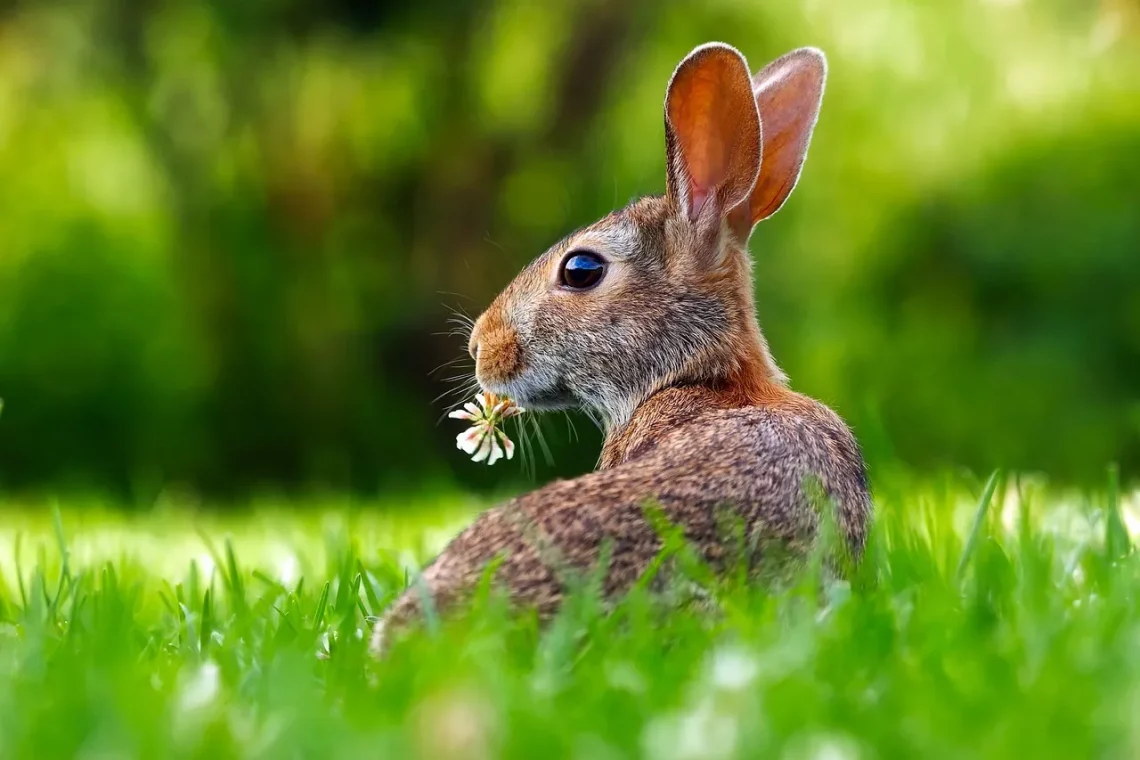
Exploring the Fascinating World of Michelle Rabbit and Anal Behavior
The world of animals has always captivated our interest, offering a glimpse into behaviors and characteristics that often mirror our own. Among these fascinating creatures is the rabbit, a species that has been subject to both admiration and study for centuries. The rabbit, particularly the domestic breed, has become a beloved pet in many households, cherished for its playful demeanor and gentle nature. Yet, beyond their endearing qualities, these creatures exhibit a range of behaviors that can be quite intriguing.
One aspect of rabbit behavior that often piques curiosity is their anal behavior. While it may seem trivial at first glance, understanding this behavior can provide insights into the overall health and well-being of rabbits. Just as with humans, certain behaviors can indicate various needs, emotions, and health conditions in these animals. Observing how rabbits interact with their environment, including their grooming habits and social interactions, can reveal much about their psychological state and physical health.
As we delve deeper into the world of rabbits, we will explore various aspects of their behavior, including grooming practices, social structures, and how they communicate. Each of these elements contributes to a more comprehensive understanding of what it means to care for and appreciate these remarkable creatures. By examining the multifaceted lives of rabbits, we can better appreciate their role in our lives and ensure that we meet their needs effectively.
Understanding Rabbit Grooming Habits
Rabbits are meticulous groomers, and their grooming habits play a critical role in their overall health and well-being. Grooming not only helps to keep their fur clean and free from parasites, but it also serves as a vital part of their social behavior. When rabbits groom themselves, they are not simply maintaining their appearance; they are also engaging in a behavior that can reduce stress and promote relaxation.
Rabbits have a unique way of grooming, often using their front paws to clean hard-to-reach areas of their bodies. They will lick their fur to remove dirt and debris, and this behavior is not just about cleanliness; it is also a self-soothing mechanism. Grooming can be a calming activity for rabbits, helping them to manage anxiety and stress.
In addition to self-grooming, rabbits also engage in social grooming, known as allogrooming. This behavior occurs when one rabbit grooms another and is an essential aspect of rabbit social interaction. Allogrooming strengthens social bonds between rabbits, helping to establish hierarchies and reinforce relationships within a group. It is a behavior often observed in pairs or groups of rabbits, indicating trust and affection.
Understanding these grooming habits can help rabbit owners recognize when their pets are stressed or unwell. A sudden change in grooming behavior, such as excessive grooming or neglecting to groom altogether, can be a sign of health issues or emotional distress. Observing these patterns can allow owners to take proactive measures to ensure their rabbits’ well-being.
Social Structures and Hierarchies in Rabbits
Rabbits are highly social animals that thrive in groups. Understanding their social structures and hierarchies is crucial for anyone looking to care for multiple rabbits. In the wild, rabbits live in colonies, which provide safety and social interaction. These colonies are often led by a dominant rabbit, who establishes a hierarchy among the group.
In a domestic setting, rabbits can exhibit similar social behaviors. When introducing new rabbits to an existing group, it is essential to consider their social dynamics. Dominance can manifest in various ways, including grooming, nipping, and even territorial behaviors. Recognizing these signs can help owners facilitate smoother introductions and prevent conflicts.
Rabbits communicate with one another through a combination of vocalizations, body language, and scent marking. They use different sounds, such as honking or growling, to convey messages to their companions. Additionally, rabbits will often demonstrate their feelings through body posture; for example, a relaxed rabbit may lay down with its feet stretched out, while an agitated rabbit may thump its hind legs as a warning.
Understanding these social structures can enhance the quality of life for pet rabbits. Providing opportunities for social interaction, such as playtime and shared spaces, can help fulfill their social needs. Moreover, it’s essential to monitor interactions closely to ensure that all rabbits feel safe and secure within their environment.
Communication Among Rabbits
Rabbits are often underestimated when it comes to their ability to communicate. While they may not vocalize as much as some other animals, they have a rich array of methods to express their feelings and intentions. Understanding these communication cues is vital for rabbit owners to foster a harmonious living environment.
One of the primary ways rabbits communicate is through body language. They use their ears, tails, and overall posture to convey emotions. For instance, a rabbit with ears up and alert is likely curious or excited, while a rabbit with ears flat against its back may be feeling threatened or frightened. Additionally, the position of their tails can also indicate their mood; a raised tail often signifies happiness, while a tucked tail suggests fear or submission.
Vocalizations also play a role in rabbit communication. While they may not be as vocal as dogs or cats, rabbits do produce a variety of sounds. The most common sounds include honking, which indicates happiness or excitement, and growling, which signals discomfort or annoyance. Understanding these vocalizations can help owners respond appropriately to their rabbits’ needs.
Scent marking is another crucial aspect of rabbit communication. Rabbits have scent glands located in various parts of their bodies, including their chins and paws. When they rub their chin or feet against an object, they are marking it as part of their territory. This behavior reinforces their presence and can help alleviate stress.
Recognizing and responding to these communication cues can significantly improve the bond between rabbits and their owners. By understanding their needs and emotions better, owners can create a more enriching and supportive environment for their pets.
Health Indicators Through Behavior
Behavioral changes in rabbits can often serve as indicators of their health status. Just as with humans, when rabbits are feeling unwell or stressed, their behavior may change dramatically. Being attuned to these changes can help owners catch potential health issues early and seek veterinary care when necessary.
One common behavioral change to watch for is a decrease in grooming. As mentioned earlier, grooming is an essential behavior for rabbits, and a sudden drop in grooming frequency can indicate health problems, such as dental issues or skin conditions. Additionally, changes in eating habits, such as refusing to eat or drink, can also point to underlying health concerns.
Another behavior to monitor is activity level. Healthy rabbits are typically active and curious, exploring their environment and engaging in play. A rabbit that becomes lethargic or withdrawn may be experiencing discomfort or illness. Observing your rabbit’s interaction with their environment and other rabbits can provide insights into their emotional state and overall health.
Furthermore, changes in litter box habits can also signify health issues. If a rabbit begins to urinate or defecate outside of their litter box, it could indicate stress, territorial disputes, or health problems such as urinary tract infections.
Being proactive and observant can make a significant difference in a rabbit’s health and well-being. Regular check-ups with a veterinarian, coupled with an attentive eye on behavioral changes, can help ensure that rabbits live happy and healthy lives.
**Disclaimer:** This article is for informational purposes only and does not constitute medical advice. Always consult a veterinarian for any health-related issues concerning your pet.




